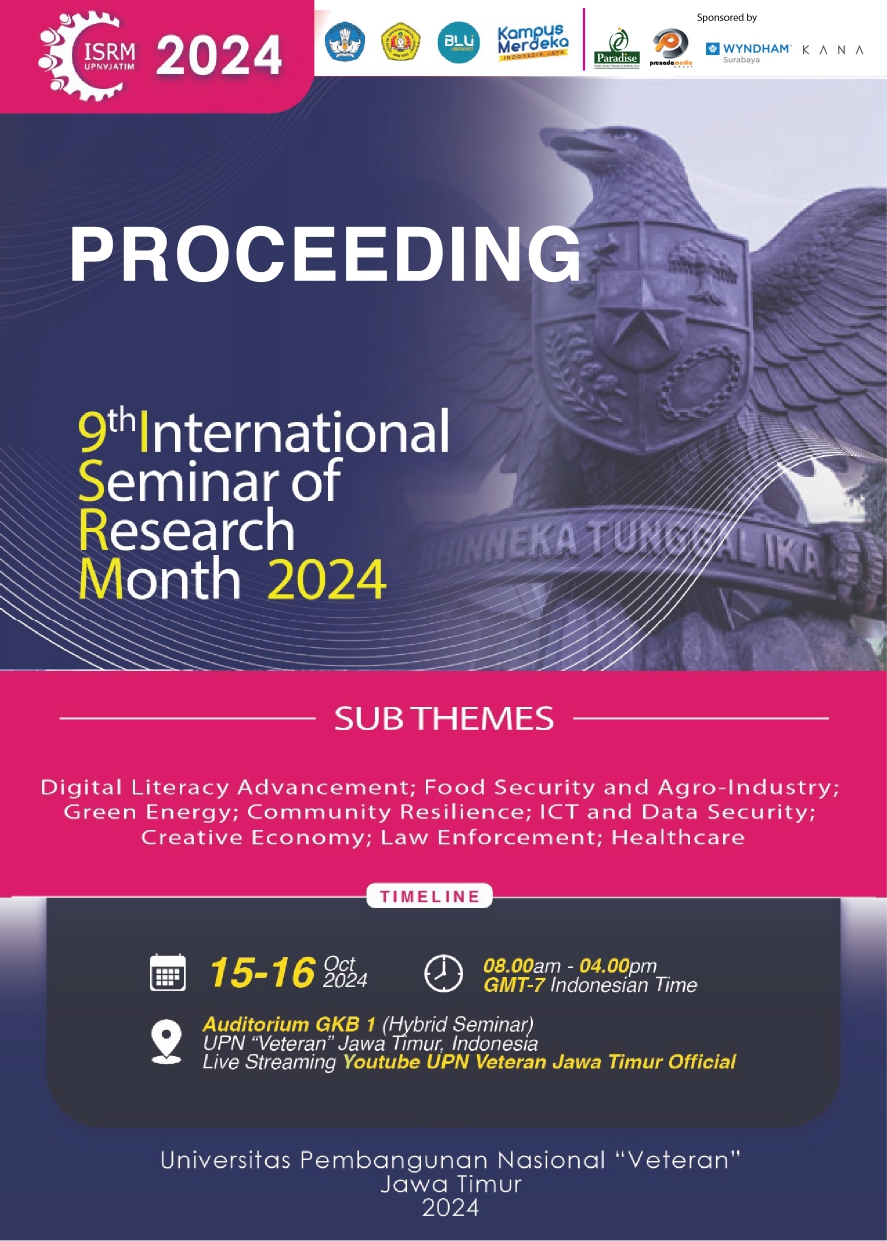Confirmatory Factor Analysis of Variables Influencing Customer Satisfaction at the Shopee Online Shop
DOI:
https://doi.org/10.11594/nstp.2025.4769Keywords:
Customer satisfaction, confirmatory factor analysis, Shopee, customer loyaltyAbstract
Currently, buying and selling transactions carried out by the public through online shops have increased significantly. This increase occurs because of the ease of transactions, prices that are relatively cheaper than offline stores, and supported by advances in digital marketing technology. In the buying and selling process, customer satisfaction is a very important factor. In order to increase customer loyalty, this study will analyze the variables that influence customer loyalty. The analysis will be carried out using the CFA method. The Confirmatory Factor Analysis technique is one of the powerful techniques in analyzing simple models in seeing the functioning of empirical constructs (factors) in a structural model. CFA can test how well indicator variables can represent related latent variables. The results of the analysis obtained show that there are three indicator variables that have a significant influence on Customer Satisfaction, including Fulfilled consumer expectations for the purchased product (KP1) and Recommendation to other parties (KP2) The Shopee application is able to fulfill consumer desires (KP3) The price given is cheaper than elsewhere, but with the same quality (KP4) The product being sought is easy to obtain (KP5).
Downloads
References
Chin, W.W. 1998. The Partial Least Squares Approach to Structural Equation Modeling. Modern Methods for Busines Research, 295(2), 295- 336.
Hair, J. F., Black, W. C., Babin, B. J., & Anderson, R. E. (2019). Multivariate Data Analysis (8th ed.). Cengage Learnin
Hair, J.F. et al (2019). Rethingking some of rethingking of partial least squares. Europen Journal of Marketing. Forthcoming. 53(4). DOI:10.1108/EJM-10-2018-0665
Jones, L., & Clark, P. (2019). Digital Marketplaces and Small Business Growth. Global Business
Journal, 23(4), 112-130
Kotler, P., & Keller, K. L. (2020). Marketing management (15th ed.). Pearson Education.
Miller, K. (2020). Consumer behavior in the age of e-commerce. Digital Commerce Insights, 45(2),
78-94.
Siregar, A. (2023). Consumer complaints and product quality issues on e-commerce platforms.
Indonesian Consumer Review, 7(2), 45-58.
Smith, J. (2018). The evolution of e-commerce: How technology drives online markets. Tech
Innovate Publishing.
Statista. (2023). Shopee app statistics: User engagement and seller activity in Southeast Asia.
Retrieved from Statista.com.
Wang, J. (2021). The rise of Shopee in Southeast Asia: E-commerce revolution. E-commerce
Review, 15(3), 34-45.
Wijanto, S. H. (2008). Structural equation modeling dengan LISREL 8.8. Konsep dan Tutorial. Penerbit Graha Ilmu.
Wijaya, R. (2023). The impact of service delays on e-commerce customer satisfaction: A case study
of Shopee. Journal of Digital Business, 19(3), 101-114.
Downloads
Published
Conference Proceedings Volume
Section
License

This work is licensed under a Creative Commons Attribution 4.0 International License.
Authors who publish with this proceedings agree to the following terms:
Authors retain copyright and grant the Nusantara Science and Technology Proceedings right of first publication with the work simultaneously licensed under a Creative Commons Attribution License that allows others to share the work with an acknowledgement of the work's authorship and initial publication in this proceeding.
Authors are able to enter into separate, additional contractual arrangements for the non-exclusive distribution of the proceedings published version of the work (e.g., post it to an institutional repository or publish it in a book), with an acknowledgement of its initial publication in this proceeding.
Authors are permitted and encouraged to post their work online (e.g., in institutional repositories or on their website) prior to and during the submission process, as it can lead to productive exchanges, as well as earlier and greater citation of published work (See the Effect of Open Access).














